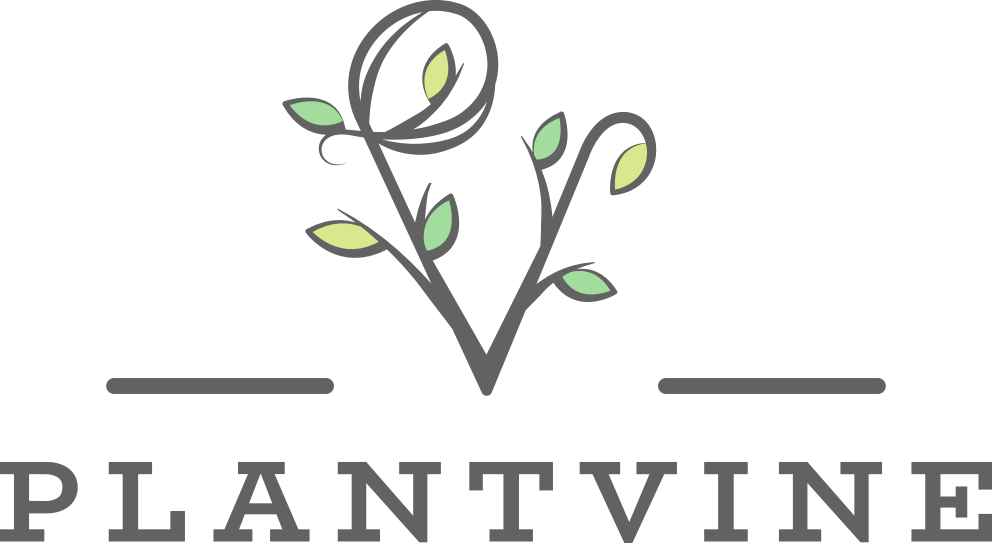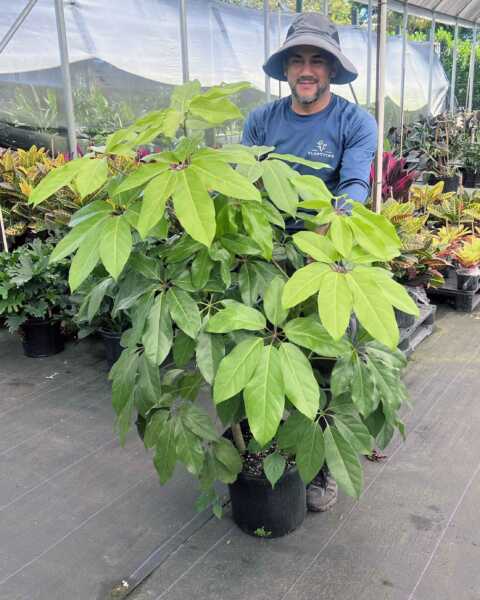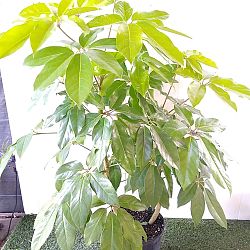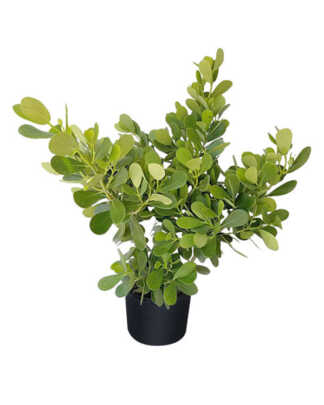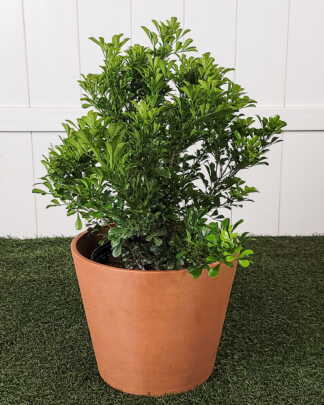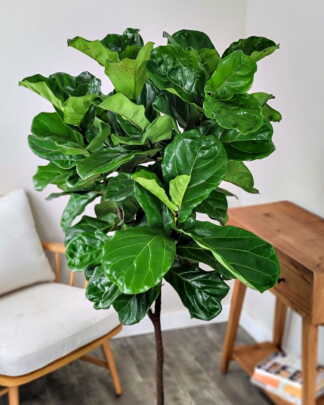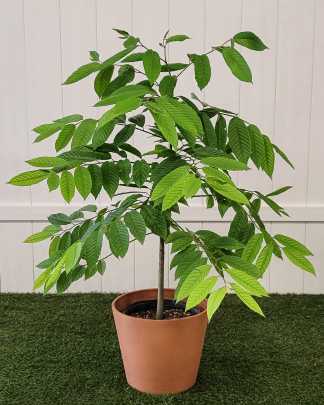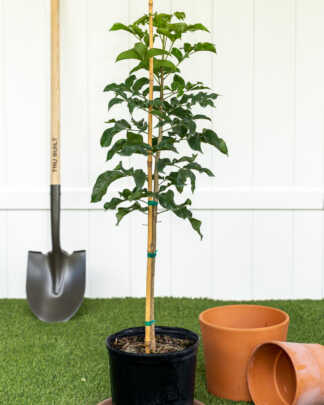Description
Under my Golden Umbrella, -ella, -ella, -ella
Umbrella trees, also known as Schefflera, are a popular houseplant that are native to Taiwan and Hainan. They are known for their distinctive umbrella-shaped leaves that grow on long stems, making them a striking addition to any room. Umbrella trees are relatively easy to care for and can grow up to 8 feet tall indoors with proper care. They prefer bright, indirect light and well-draining soil, and should be watered when the top inch of soil feels dry. While umbrella trees are generally low-maintenance, they can be prone to spider mites, so it’s important to keep an eye out for any signs of infestation. With proper care, umbrella trees can live for many years and add some greenery and personality to your home.
Caring for your Umbrella Tree
Caring for the Umbrella Tree is an easy task, but it has a few requirements to help it grow healthily.
Light
Ideally, you should provide your Schefflera plant with a medium amount of light. Keep your plant close to a window that allows an adequate amount of light. A north-facing window works for sunny regions, while others may need to clear up the space near an east or south-facing window.
Low light conditions are tolerable, but they might affect the rate of your plant’s growth. On the other hand, direct high light might burn the leaves. Keep rotating your plant, or its shape will lean towards the light source.
Water
You shouldn’t give houseplants too much water, and the same applies to the umbrella plant. Too much moisture can lead to leaf spotting and root rotting. It is best to water your plant once every seven days if you live in a hot climate region. Cooler weathers may require rarer watering.
Soil
The good thing about Schefflera is that it can thrive in all kinds of soils, such as sand, loam, and clay. It requires normal drainage so that the soil remains moist but not soggy.
Fertilizer
Outdoor or indoor, you will need to feed your umbrella tree every month. You can use any all-purpose but balanced houseplant fertilizer. You can also go for a time-release fertilizer formula if you wish.
Pests and Diseases
Scales can feed on your plant, causing elongated damage. So, you might want to use a pesticide on your Schefflera plant to avoid pest attacks. Speaking of plant diseases, it can often suffer from bacterial or fungal infections such as Pseudomonas and Alternaria. These can result in leaf dropping and leaf fallout, respectively.
Pruning
The Schefflera Amate plant is capable of growing up to 50 feet tall in its wild native locations. But you can prune it regularly to reduce its size, making it suitable for indoor situations and even outdoor ones like porches and gardens. You will need to set a pruning schedule if you don’t want the tree to take up too much space in your home.
Propagation
It is easy to propagate the umbrella tree through stem cuttings. You only need to make adequately-sized cuttings and plant them in a pot with moist soil. While you can also use the air layering method, it can be quite a hassle.
Potting/Repotting
The best time to pot or repot your Schefflera plant is during spring or summers, but early fall might also work for warmer regions. Repotting usually depends on the rate of your plant’s growth rate, so keep an eye for outgrowing.
